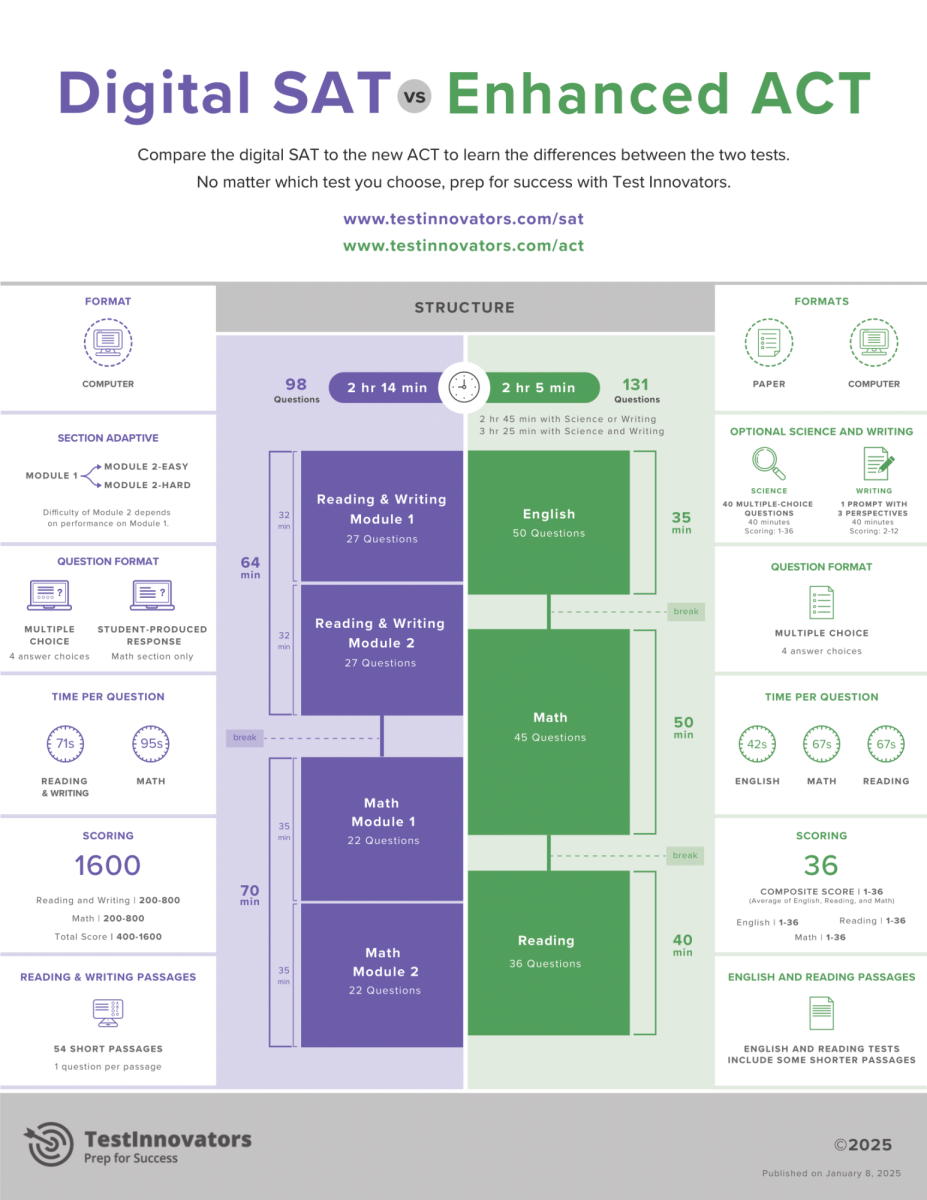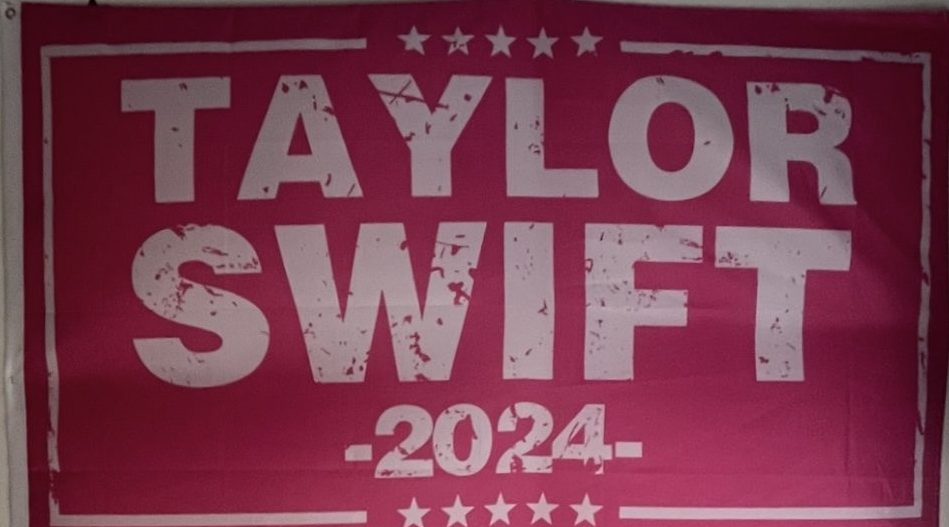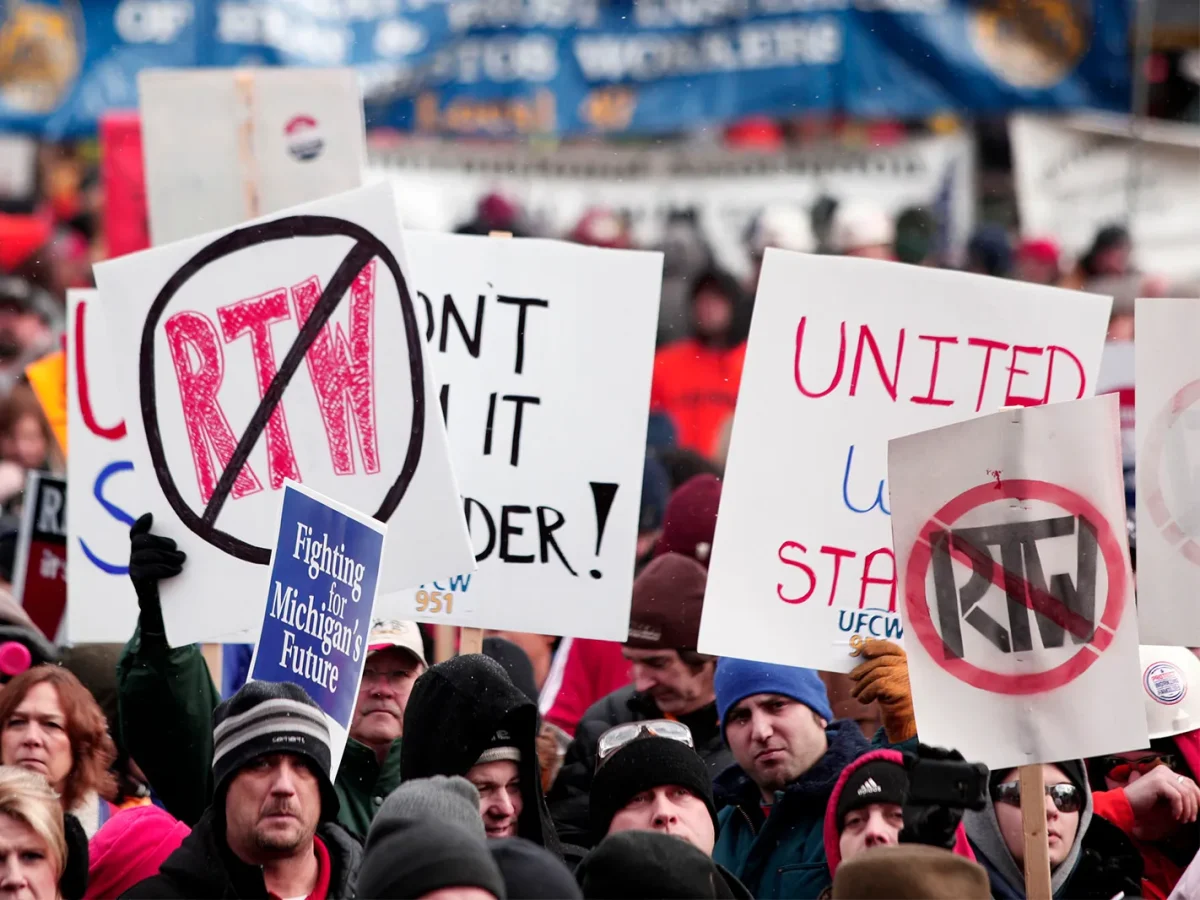“In our glorious fight for civil rights, we must guard against being fooled by false slogans, such as ‘right to work’”, Martin Luther King Jr. said.
Right-to-work (RTW) laws originated in the 1940s and pushed many employees away from joining a union in the workforce. Although its original implementation was to support an employee’s choice to join unions, most of the time, it only benefited the employer and had harsh repercussions on working-class citizens.
The history of right-to-work laws comes from systemic faults in the American corporate world and has everlasting effects on specific communities, especially those of minority backgrounds. Women, African Americans, Hispanics and teachers are groups primarily affected by right-to-work laws.
Women have been subject to the negative impacts of right-to-work laws ever since the laws were put in place through legislation and state governments. Already, women’s wages are lower than men’s, given the fact that they earn 92 cents for every dollar a man makes in the same working position and age group. This became more prevalent in right-to-work states, especially in the South, where the wage gap grew even more between women and men which can be due to these laws.
Women face difficult hardship finding themselves joined in unions, something that right-to-work laws restrict for a variety of employers in a company. For example, according to a published research paper from JSTOR, women are less likely to join a union than men. Many researchers believe that the primary reason for this is because of right-to-work laws and their systemic approach to preventing workers, specifically minorities, from joining unions and entering a safe workplace. Women also find it harder to join a union in Southern states; these states have the most implementations of right-to-work laws.
African Americans historically also oversaw a negative impact due to right-to-work laws and their racist policies.
The Janus vs. AFSCME court case in 2018 was funded millions of dollars, yet only took away the freedom of workers to form strong unions by imposing RTW laws on the public sector, according to the American Federation of State. This harmed Black groups who have historically been affected by RTW, even leading to these communities’ inability to form a union with their counterparts. Black women would be most affected if RTW were put into place after this court case, showing how RTW negatively impacts these people.
Black communities also experience lower wages, especially in RTW states.
“Black workers in RTW states typically make 11.5% less than black workers in non-RTW states”, Economic Policy Institute said.
This wage disadvantage was prominent in other groups as well. RTW contributes to the economic loss in communities of color and to historical disparities.
Hispanics, especially those that are first generation immigrants, are facing aspects of right-to-work laws that are increasingly hurting their families and communities. According to Unidos US, Latinos are completely excluded from laws that are designed to help workers and are subject to disproportionate and discriminatory labor laws, specifically those of unions. Latinos who are not part of unions, sometimes due to right-to-work laws, had lower wages than their unionized counterparts.
Teachers in right-to-work states are more disadvantaged, with fewer opportunities and ways to unionize with others.
According to the U.S. Department of Education, right-to-work laws have a negative impact on teacher job satisfaction. States without these laws happened to be more employee-friendly, and those with the laws made it more difficult for unionization in the public sector of education. In a study from Kennesaw State University, 46.3% of teachers favored unionization over right-to-work laws, showing that the prevention of unions would not be an ideal situation for many teachers. These laws would only hurt the educators rather than support them.
As seen through multiple examples, right-to-work laws have brought the work sector many disadvantages and have affected minority communities and work sectors that are not focused on enough. In general, Right to work laws are correlated with the reduction of wages. According to research from the Economic Policy Institute, it was found that wages in right-to-work states were 3.1% lower than in states without. Additionally, workers living in right-to-work states earn about $1,500 less per year than workers in states without these laws.
Health and poverty also have a direct correlation with these laws put in place.
“Right-to-work states have a poverty rate of 14.8%, in comparison to 10.2 percent in non-right-to-work states”, International Union Painters and Allied Traders said. “Infant mortality rates are 14.2% higher”.
Right-to-work laws can cause systemic hardship for not minorities and others. Through education, healthcare and other sectors, these laws stay hidden in their process of hurting communities around the U.S. and need to be revised in order to bring justice to working Americans.































